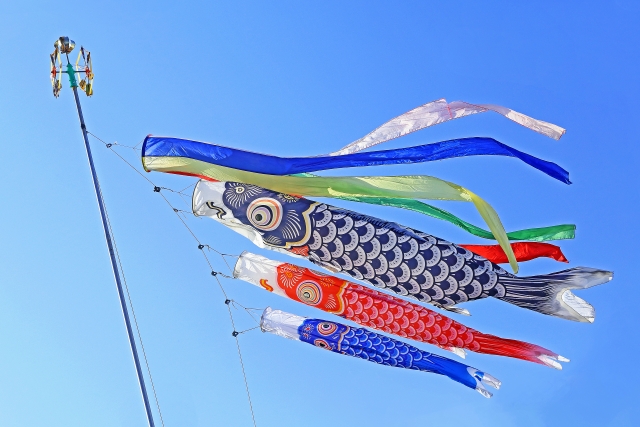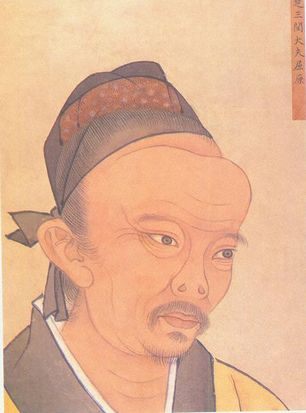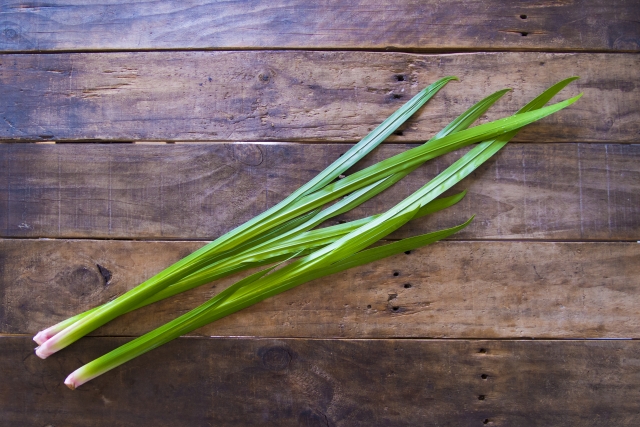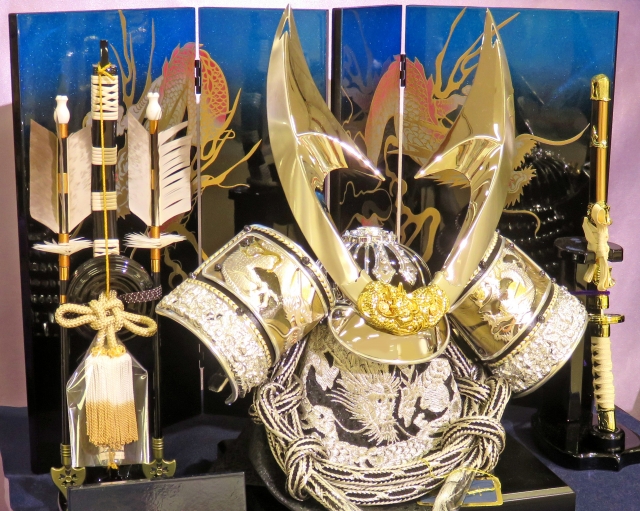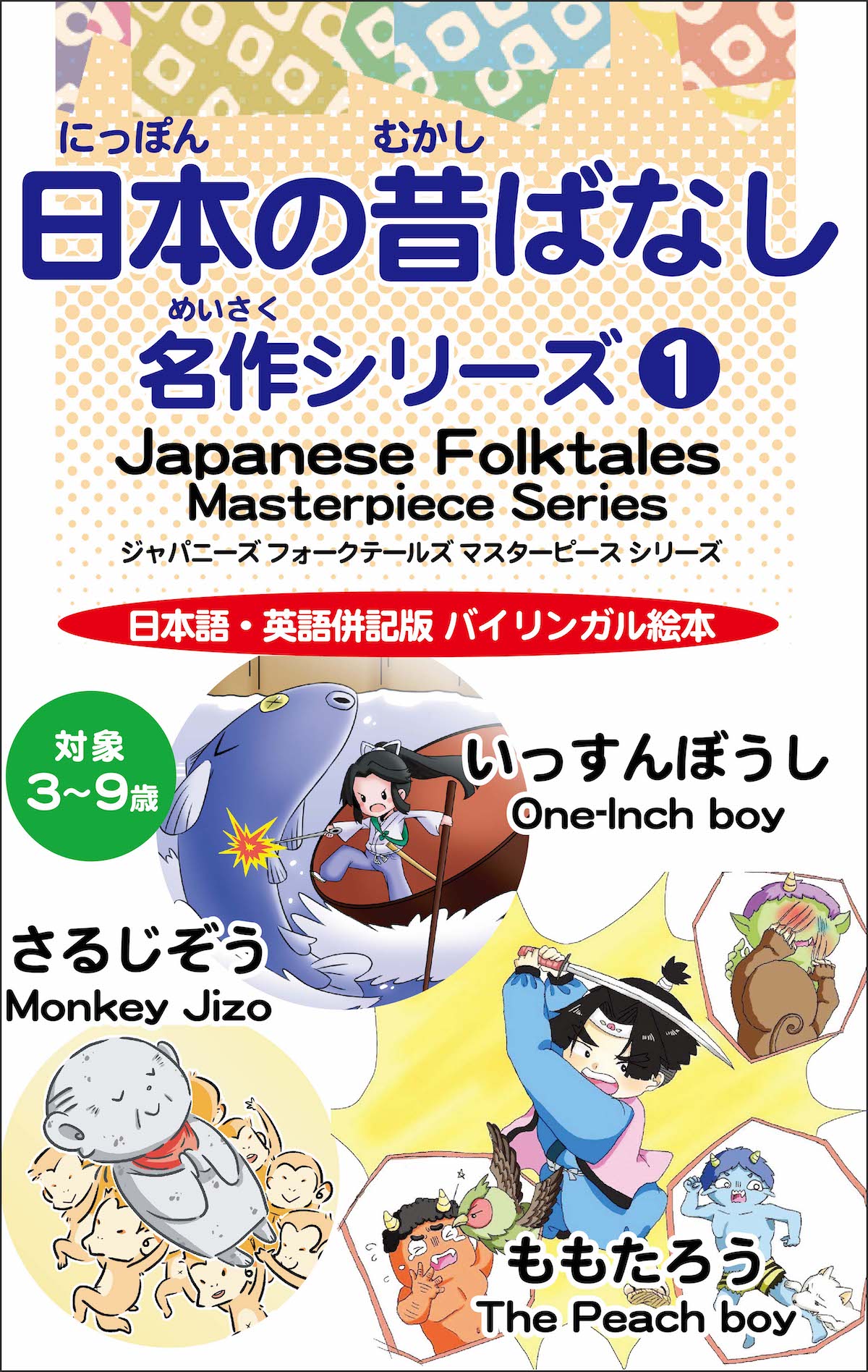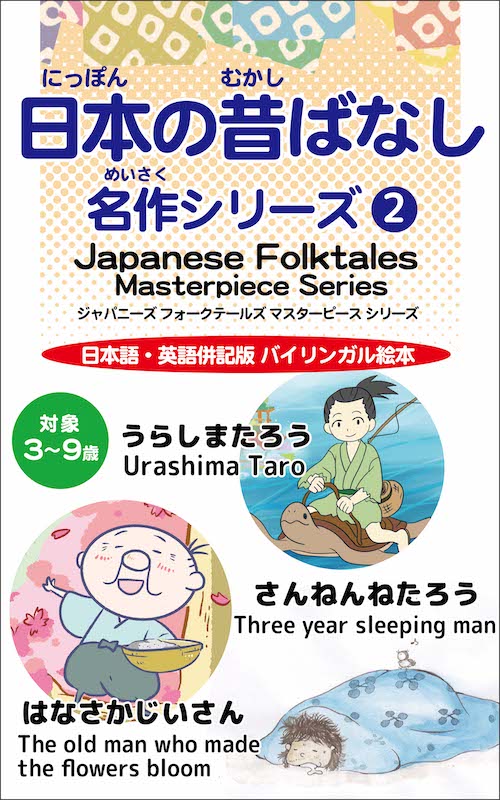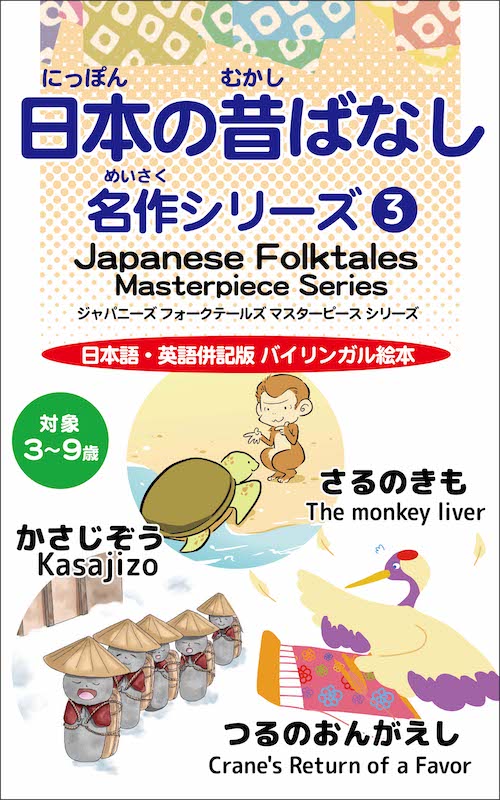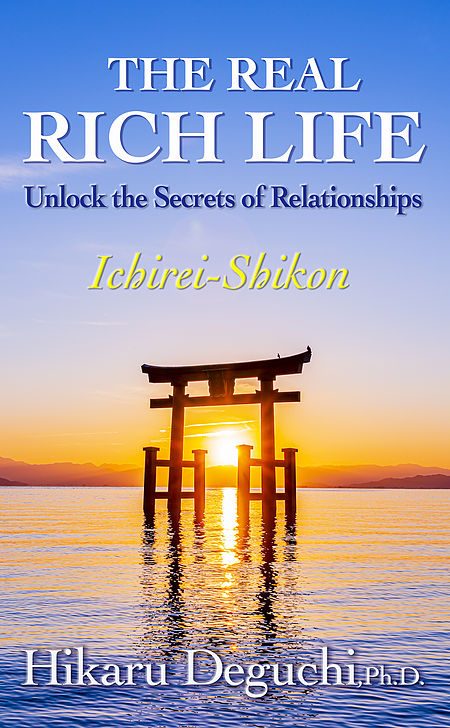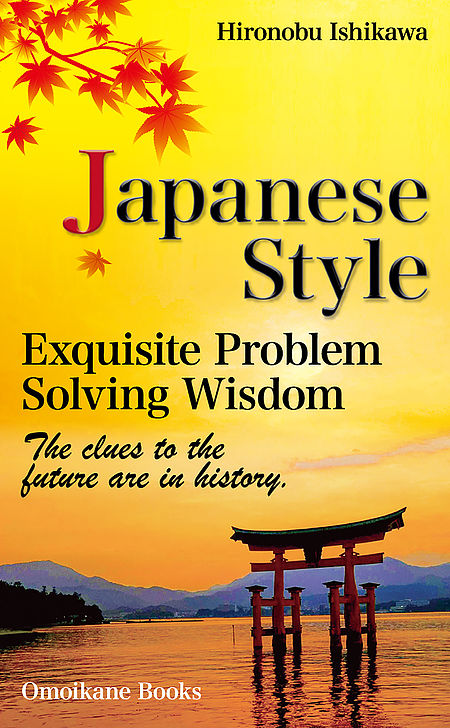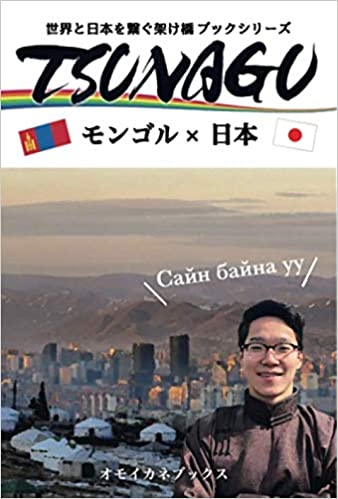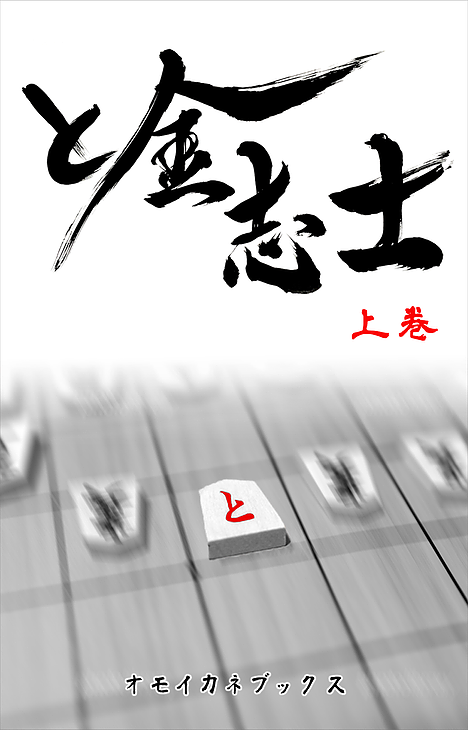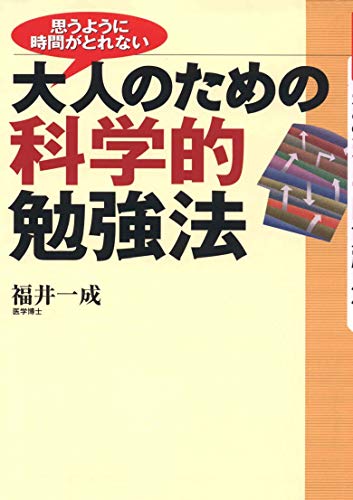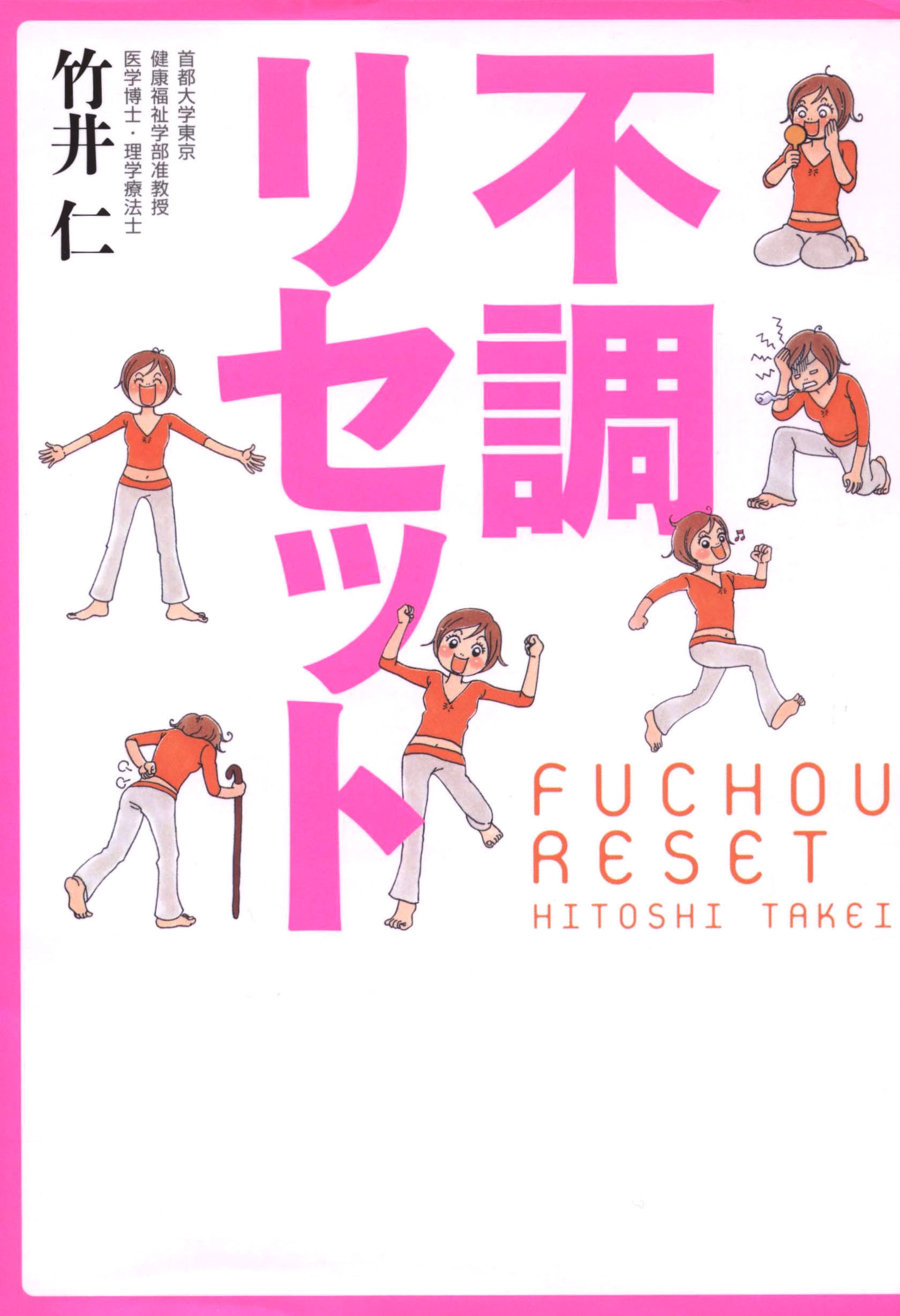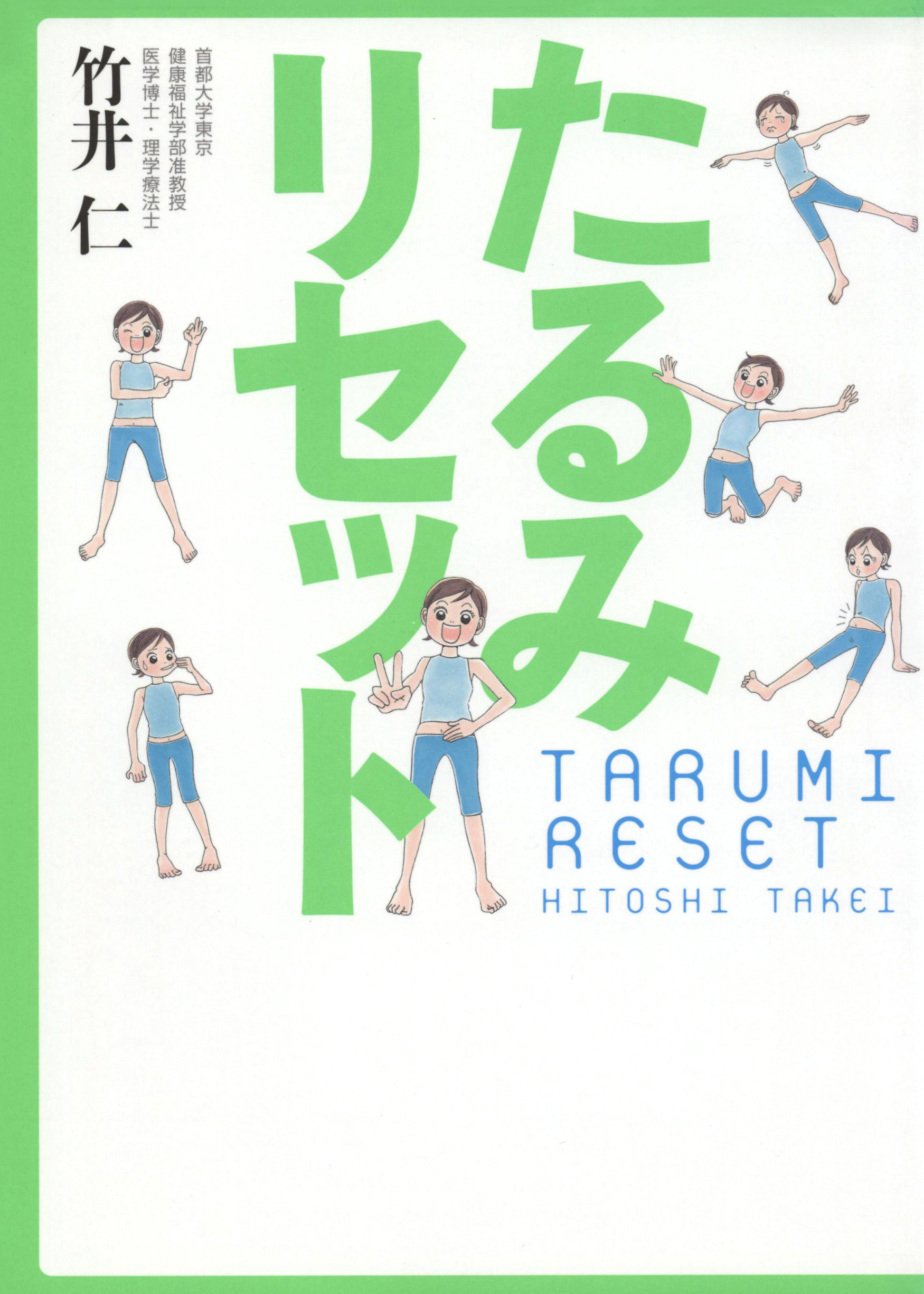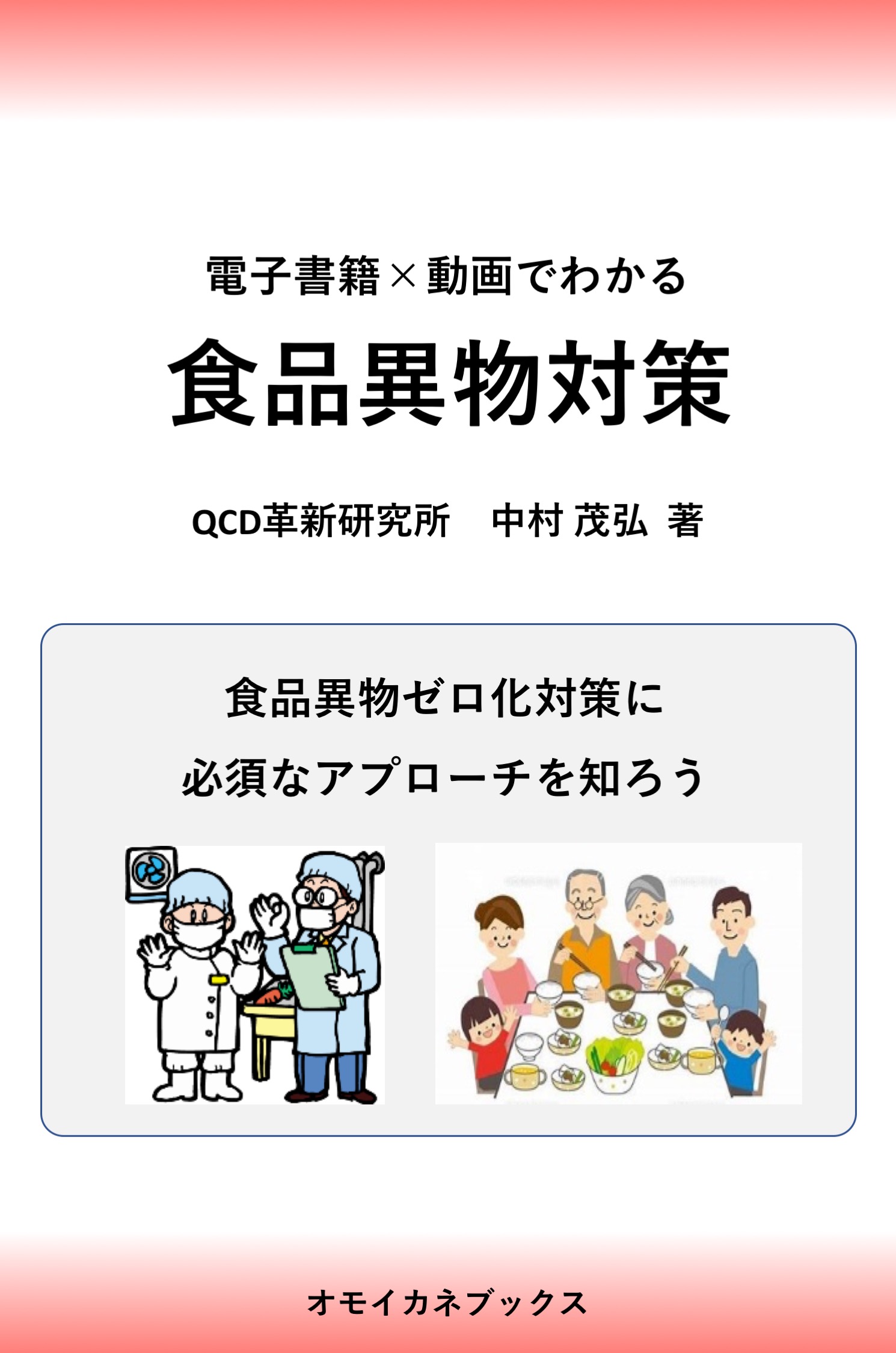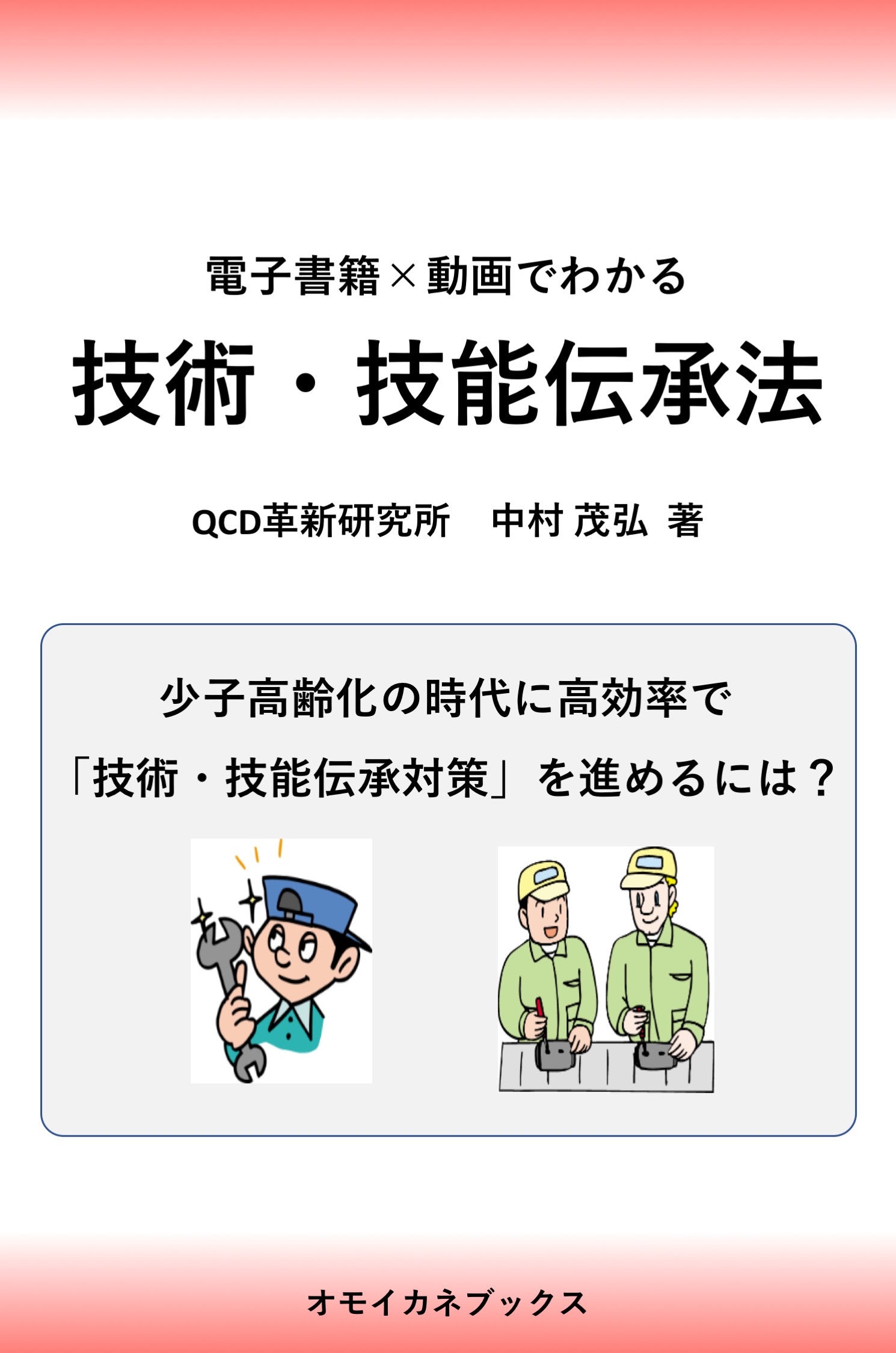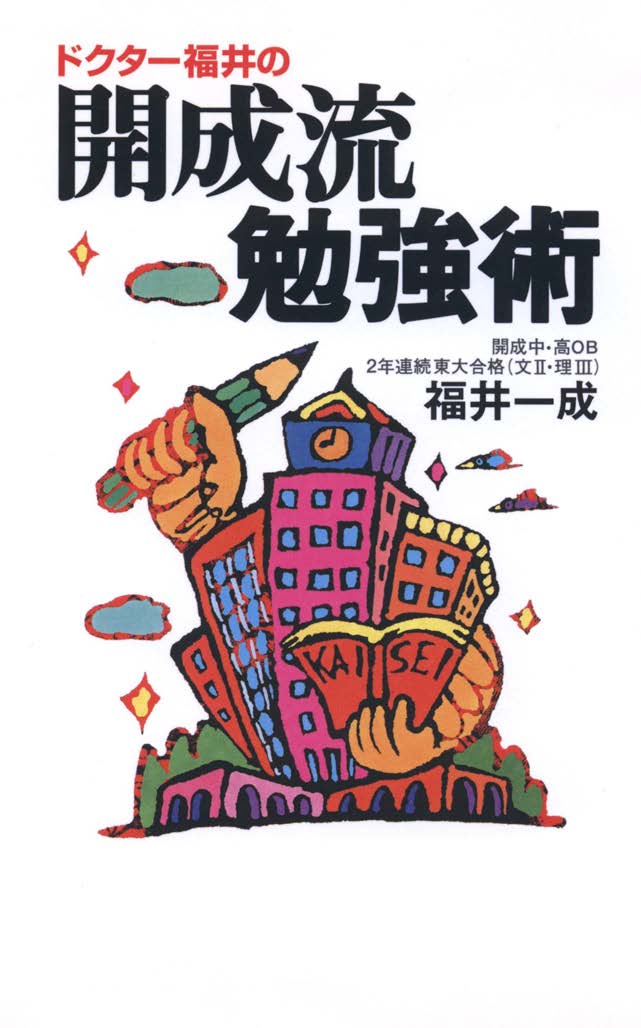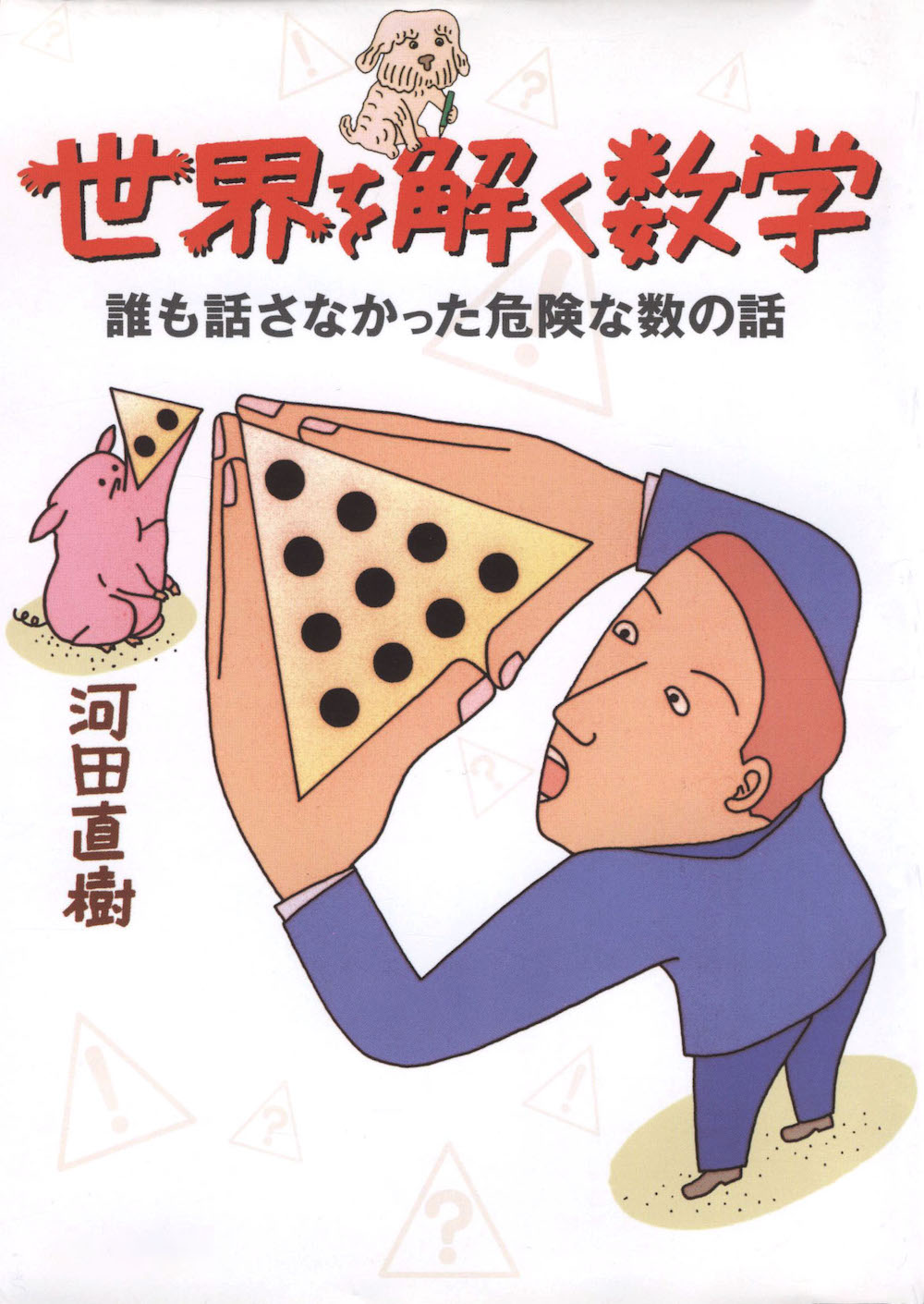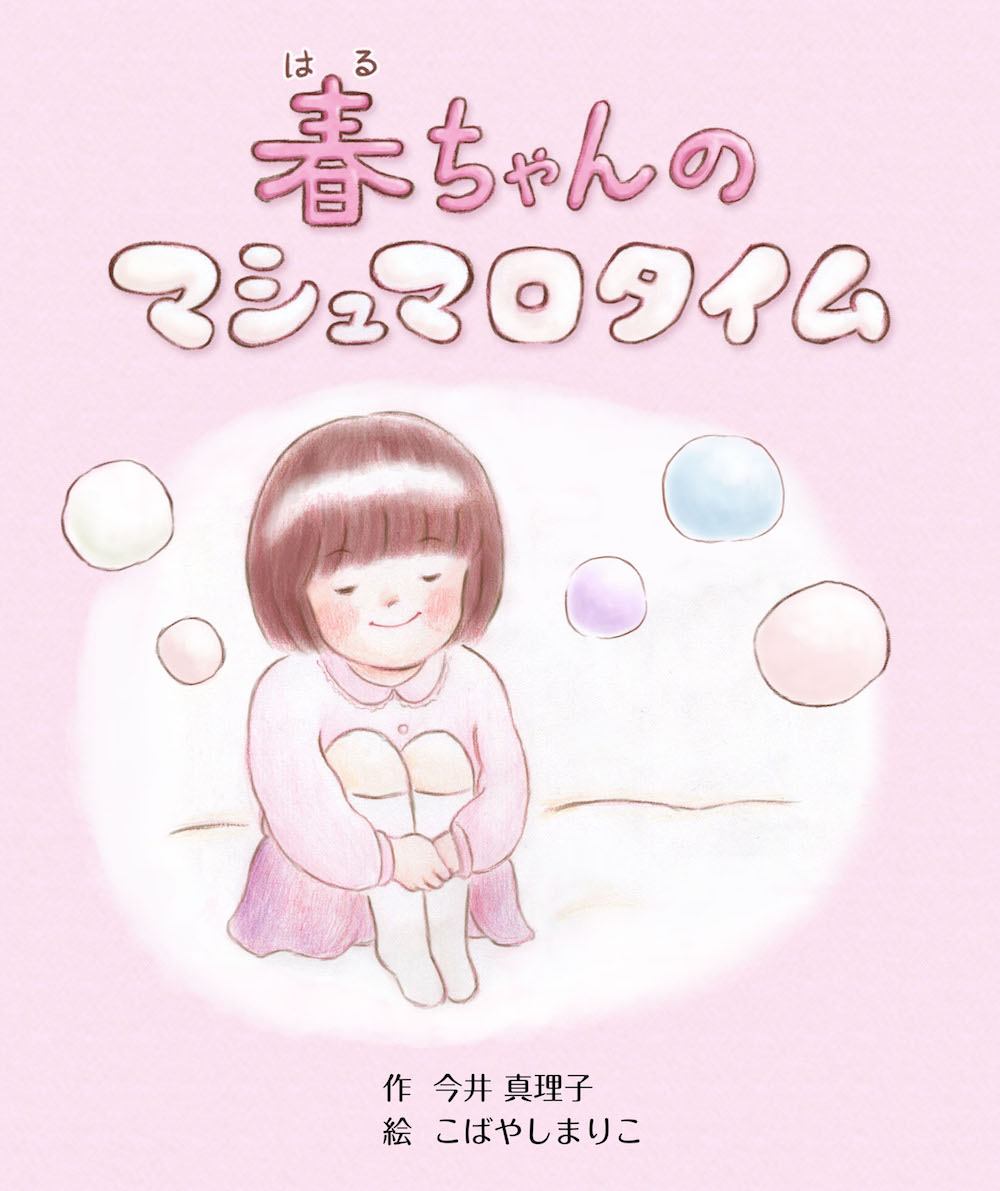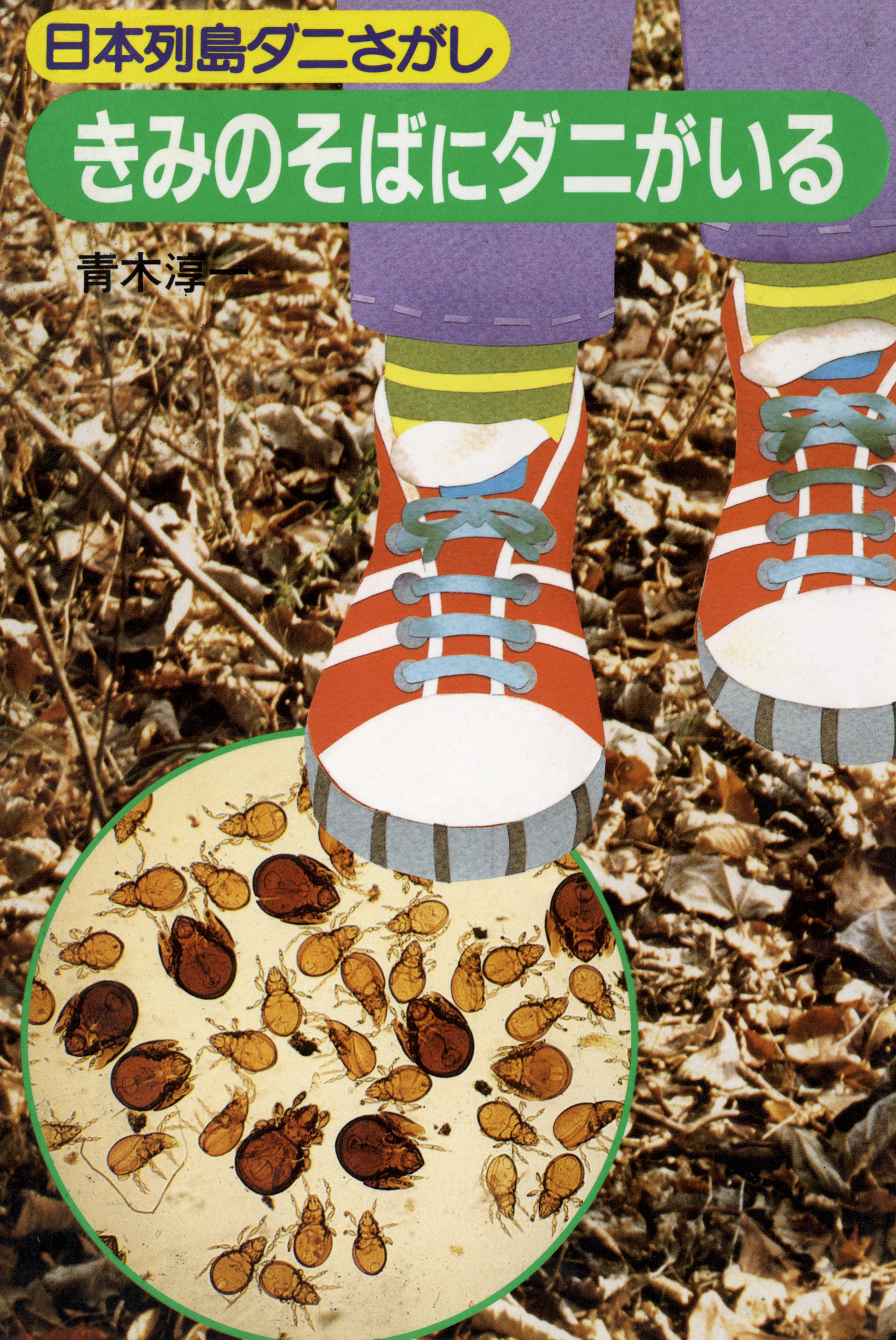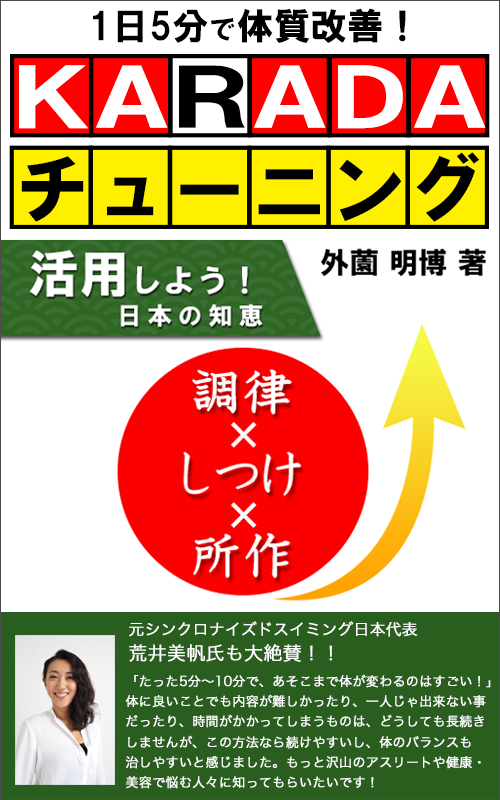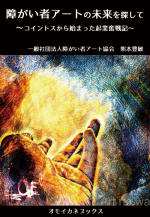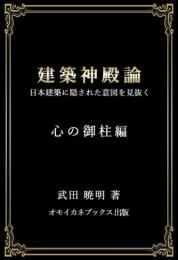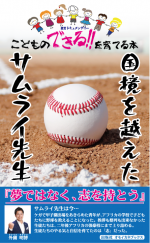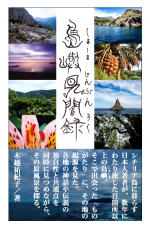現代文化のルーツを探る㉔ 端午の節句
公開日:
:
現代文化のルーツ
全国各地で桜が咲き誇り、自然が彩り豊かになるこの時季、ちょっとワクワクしますよね。
今年はコロナ禍もあり、桜の木の下で飲み食いするのは控えなくちゃいけないですが、じっくりと桜を愛でるのもいいものですよね。
4月に入り、我が家では鯉のぼりの準備を始めました。
4月が終わるとすぐにこどもの日がやってきます。こどもの日って、実はお母さんを敬う日でもあるって知ってました?子どもたちを育てているお母さんにも感謝する日なんですって。うーん、僕はかなり育児大好きなので、お父さんも混ぜて欲しいなぁと思っちゃいますね。
さて、5月5日はこどもの日ですが、端午の節句でもあります。
端午の節句ってなんですか?って人はさすがいないと思いますが、これってもともとは男の子のお祝いの日じゃなかったんですって。知ってました?その歴史はとても古く、長い時代を経て今の端午の節句になったんです。
では、今日は端午の節句のルーツを探りにいきましょう!
端午の行事は中国から
話は今から約2300年前の中国からスタートします。
その昔、楚(そ)という国の国王の側近に屈原(くつげん)という政治家がいました。正義感が強く人々の信望を集めていましたが、陰謀によって失脚し、国を追われ川に身を投げて亡くなってしまいます。彼の死を哀しむ国民達が、川にチマキを投げて、屈原の死体を魚が食べないようにしました。その後、毎年彼の命日である5月5日に供養のための祭が行なわれるようになり、やがてそれが多くのチマキを川に投げ入れて、国の安泰を祈願する風習となって中国全体に広がっていきました。三国志の時代に端午の節句は、魏の国により旧暦五月五日に定められ、これがやがて日本にも伝わっていきます。
もともとは厄除けのための行事だった
日本における端午の節句は、奈良時代から始まります。
端午というのは、もとは月の端(はじめ)の午(うま)の日という意味があって、5月に限ったものではなかったんですね。午(ご)と五(ご)の音が同じなので、毎月5日を指すようになり、やがて5月5日になったといわれています。5月は季節の変わり目であり、急に暑くなる時期なので、昔から病気にかかる人が多く亡くなる人もいたそうです。そのため端午の日に、病気や災厄をさけるための行事がおこなわれていました。
日本の宮廷でもさまざまな行事が催されていたんです。
当時は天災や病気は邪気が運んでくるものと考えられていました。そこで、匂いの強い菖蒲やヨモギを菖蒲を飾り、皇族や臣下の人たちにはヨモギなどの薬草を配り、また病気や災いをもたらすとされる悪鬼を退治する意味で、馬から弓を射る儀式も行われていたそうです。平安時代になると、子どもたちが菖蒲で飾った紙のかぶとをつけて、石合戦などの遊びをしていたそうです。元禄時代(1688~1704)には、紙や木でつくった 菖蒲人形を庭先に立てるようになり、それがいつしか室内に飾られるようになります。
武士の時代から男の子のお祝いに
もともと宮中の行事として行われていた端午の行事は、鎌倉時代の武家政治ヘと移り変わってゆくにつれ、だんだんと廃れていきました。武士の間では尚武(しょうぶ=武をたっとぶ)の気風が強く、「菖蒲」と「尚武」をかけて、端午の節句を尚武の節日として盛んに祝うようになります。 鎧や兜、武者人形、金太郎や武蔵坊弁慶を模した五月人形を飾るようになっていきました。五月人形を飾る風習はこの頃から始まったんですね。室町時代から武家では5月5日の端午の節句に、竹竿に布を張り「吹き流し」 を立てる用になります。
やがて江戸時代にはいると、5月5日は徳川幕府の重要な式日に定められ、大名や旗本が、式服で江戸城に参り、将軍にお祝いを奉じるようになりました。また、将軍に男の子が生まれると、表御殿の玄関前に馬印(うましるし)や幟(のぼり)を立てて祝いました。やがてこの風習は武士だけでなく、広く一般の人々にまで広まっていきます。町人も紙で作った「鯉のぼり」を竿につけて高く掲げて楽しむようになりました。鯉はとても威勢のいい魚で、昔から「鯉の滝上り」などと伝えられ、子どもが元気に育つようにという親の願いが「鯉のぼり」にこめられていたそうです。
それから、菖蒲湯に浸かって、五月人形や鯉のぼりを飾り、柏もちを食べる風習が現代まで受け継がれているのです。時代の変遷のなかで、薬草を摘んで邪気をはらうという端午の行事が、男の子の誕生のお祝いへと結びついていったのが、端午の節句なんですね。
子どもたちがスクスクと元気に育つようにとの願いを込めて、みなさんも鯉のぼりを空高く掲げましょう。
This is the time of year when cherry blossoms are in full bloom all over the country and nature becomes more colorful, which is a bit exciting.
This year, due to the Corona disaster, I have to refrain from eating and drinking under the cherry blossom trees, but it’s nice to take time to admire them.
In April, we started preparing for the carp streamers at home.
As soon as April is over, Children’s Day will be here. Did you know that Children’s Day is actually a day to honor mothers? It’s also a day to thank mothers for raising their children. Well, I love taking care of children, so I wish fathers would join in the fun.
Well, May 5th is Children’s Day, but it is also Dragon Boat Festival.
What is Tango-no-Sekku? I’m sure there aren’t many people who know what Dragon Boat Festival is, but it wasn’t originally a day for boys to celebrate. Did you know that? It has a very long history, and after a long time, it became the Tango-no-Sekku we know today.
So let’s find out the roots of Dragon Boat Festival today!
Dragon Boat Festival originated in China
The story begins in China, about 2,300 years ago.
Once upon a time, there was a politician named Kugen who was a close aide of the king of the country called Chuxia. He had a strong sense of justice and was well respected by the people, but he lost his position due to a conspiracy and was chased out of the country, throwing himself into a river. The people, who were saddened by his death, threw chimaki into the river to prevent fish from eating his corpse. After that, a memorial service was held every year on May 5th, the anniversary of his death, and eventually it became a custom to throw many chimaki into the river to pray for the safety of the country, and spread throughout China. In the era of the Three Kingdoms, the Dragon Boat Festival was designated by the State of Wei as the fifth day of the fifth lunar month, and this custom was eventually introduced to Japan.
Tango-no-Sekku in Japan dates back to the Nara period (710-794).
The word “Dano” originally meant “horse day” at the beginning of the month, and was not limited to the month of May. Since May is a time of seasonal change and sudden hot weather, many people used to get sick and some died. For this reason, events were held on Dragon Boat Day to ward off illness and misfortune.
Various events were also held at the Japanese Imperial Court.
In those days, natural disasters and illnesses were thought to be brought by evil spirits. Therefore, irises and mugwort, which have a strong smell, were used as decorations, and medicinal herbs such as mugwort were distributed to members of the imperial family and vassals. There was also a ritual of shooting a bow from a horse to exterminate evil demons that were thought to bring illness and misfortune. In the Heian period (794-1185), children used to wear paper headgear decorated with irises and play games such as stone fights. In the Genroku era (1688-1704), people began to set up iris dolls made of paper or wood in their gardens, which were eventually displayed indoors.
Celebrating Boys since the Samurai Era
Originally held as a court event, the Dragon Boat Festival gradually fell into disuse as the samurai government of the Kamakura period took over. In the Kamakura period (1185-1333), as the warrior class shifted to warrior politics, the Tango Festival was gradually discontinued. The custom of decorating May dolls with armor, helmets, samurai dolls, and imitations of Kintaro and Musashibo Benkei began. So the custom of decorating May dolls started around this time. From the Muromachi period (1336-1573), samurai families began to decorate bamboo poles with cloth and put up “blowing streamers” during the Boys’ Festival on May 5th.
In the Edo period (1603-1868), May 5th was designated as an important day for the Tokugawa Shogunate, and daimyos and hatamoto (feudal lords) came to Edo Castle in their ceremonial dress to offer congratulations to the shogun. When a boy was born to the shogun, a horse sign and a banner were erected in front of the entrance of the Omote-goden to celebrate. Eventually, this custom spread not only to the samurai but also to the general public. Townspeople also began to attach paper “carp streamers” to poles and hold them high for fun. Koi is a very vigorous fish, and it is said that the old saying “Koi no takiage” (carp climbing up a waterfall) was used to express the wish of parents that their children would grow up healthy.
Since then, the custom of soaking in iris baths, decorating May dolls and carp streamers, and eating Kashiwa Mochi (rice cakes made with oak leaves) has been passed down to the present day. As time went by, the Tango event of plucking medicinal herbs to ward off evil spirits was combined with the celebration of the birth of a boy, and that is how Tango-no-Sekku came to be.
関連記事
-

-
現代文化のルーツを探る㉞ 衣替え
2021/05/21 |
日に日に蒸し暑さが増してきましたね。 今年の梅雨入りは、九州から東海にかけての全ての地方で、統計史...
-
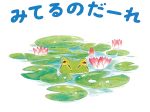
-
現代文化のルーツを探る㊵ 紙芝居
2021/06/18 |
最近息子が絵本に興味を持つようになりました。 それまではYouTubeではたらく車のアニメばか...
-

-
現代文化のルーツを探る㉖ 梅干し
2021/04/09 |
日中は陽射しが温かくなりましたね。 うちでは昨日から娘が高校に通い始め、お弁当生活がスタートしまし...
-

-
現代文化のルーツを探る⑦ カレー
2021/01/30 |
皆さんこんにちは、オモイカネブックスの岩瀬です。 オモイカネブックスは、日本の文化や歴史、習慣など...
- PREV
- 現代文化のルーツを探る㉓ 一升餅
- NEXT
- 現代文化のルーツを探る㉕ 豆腐
